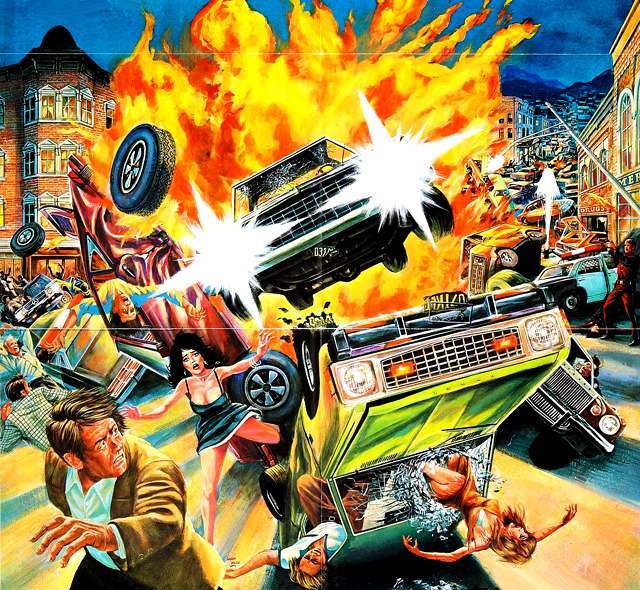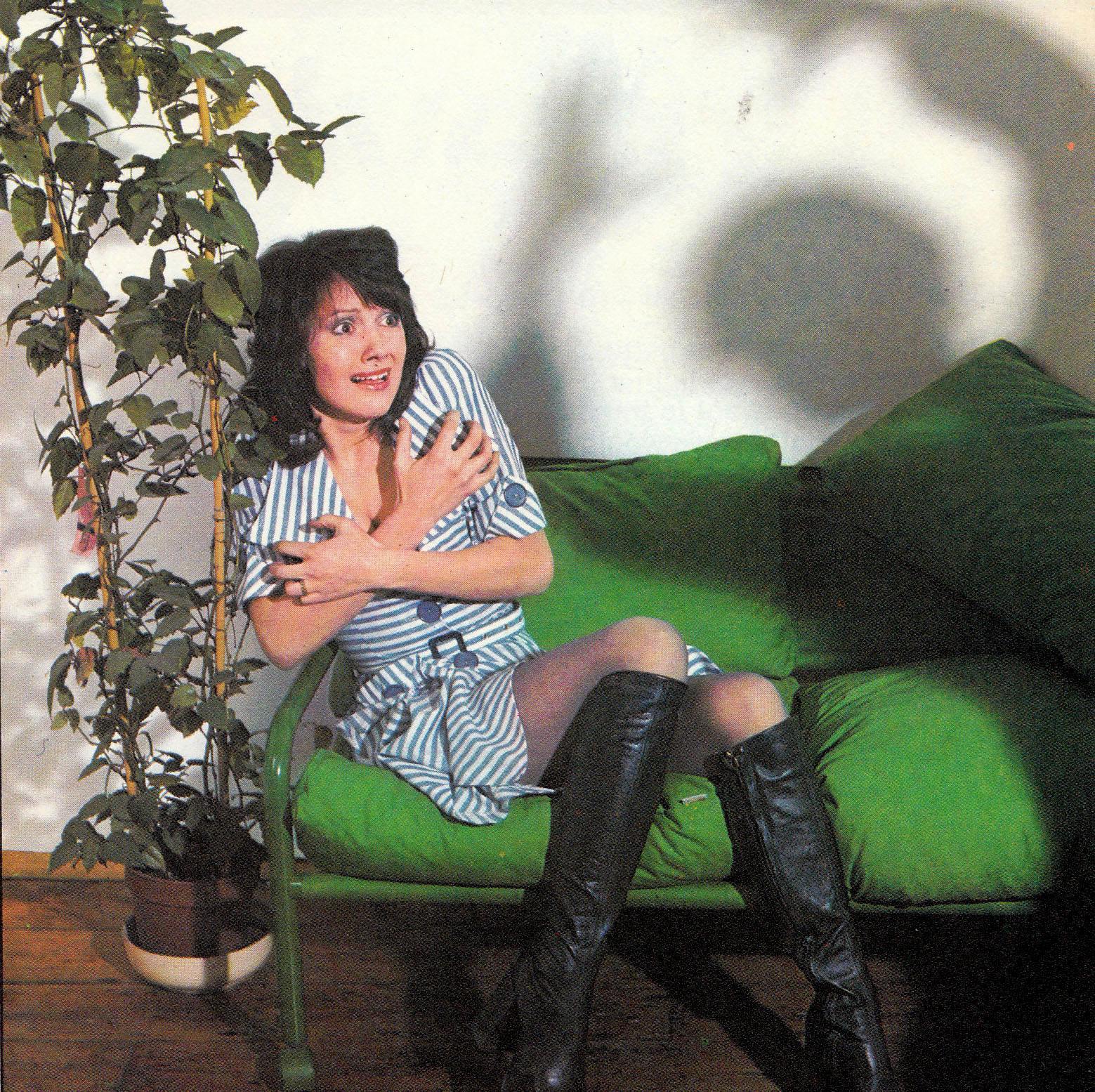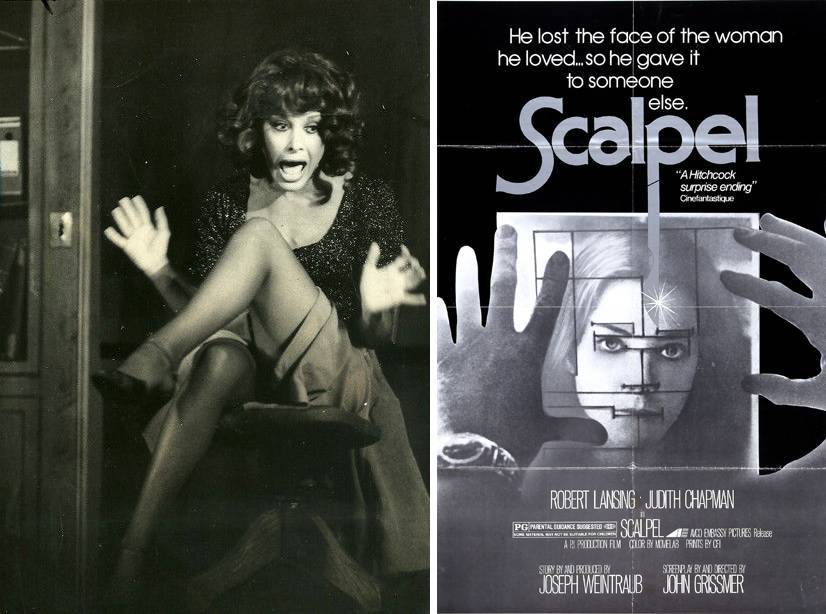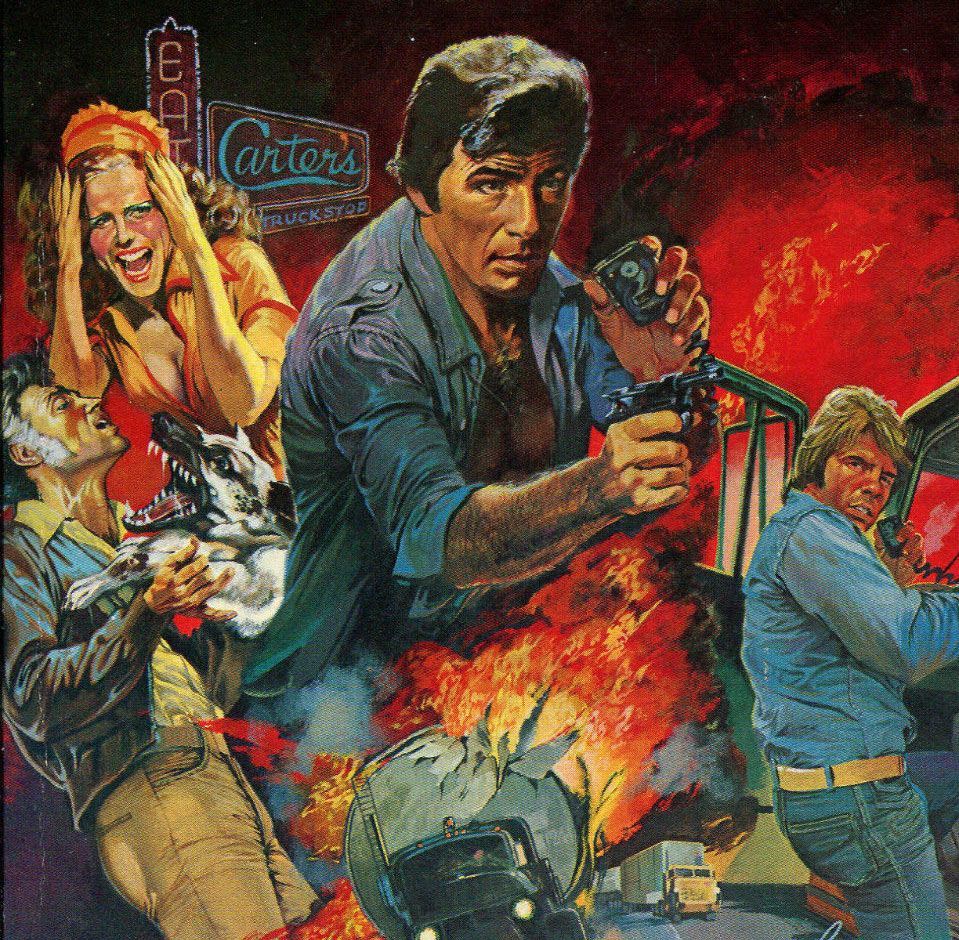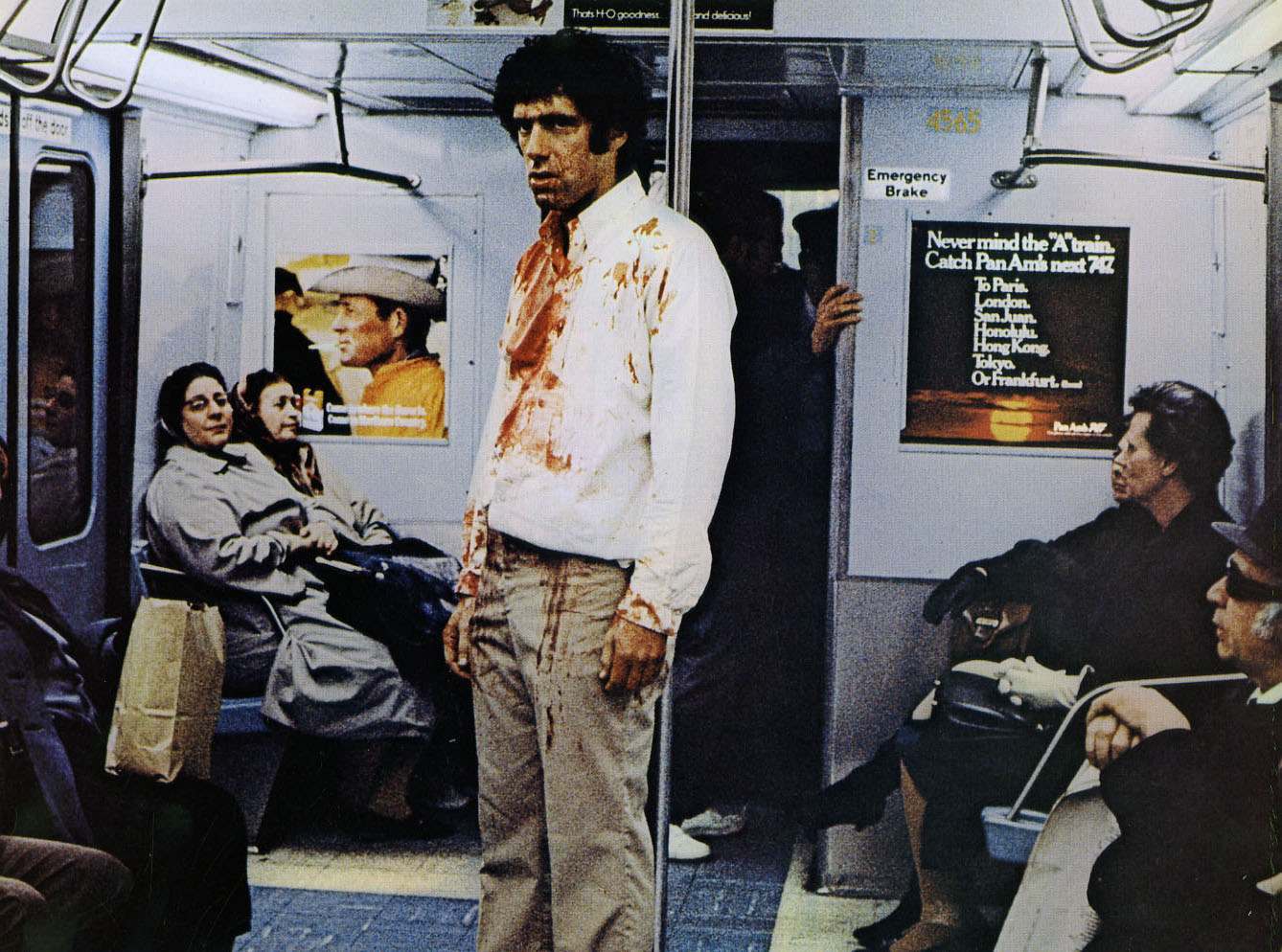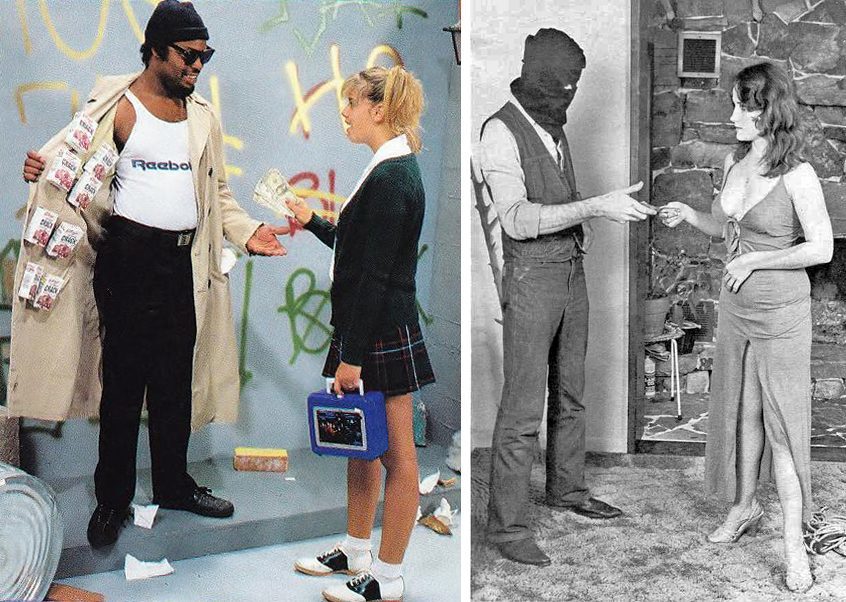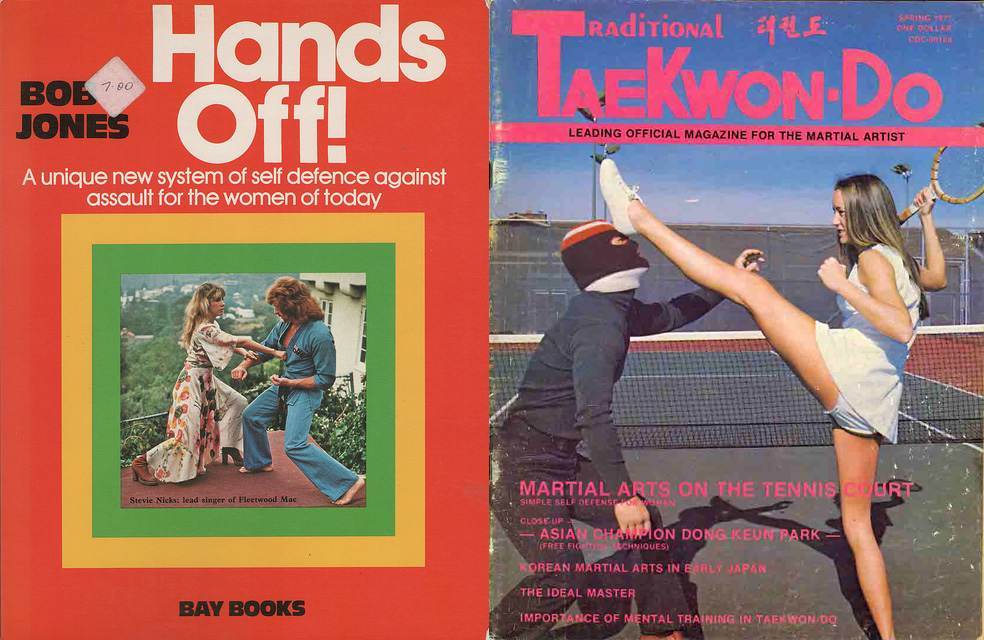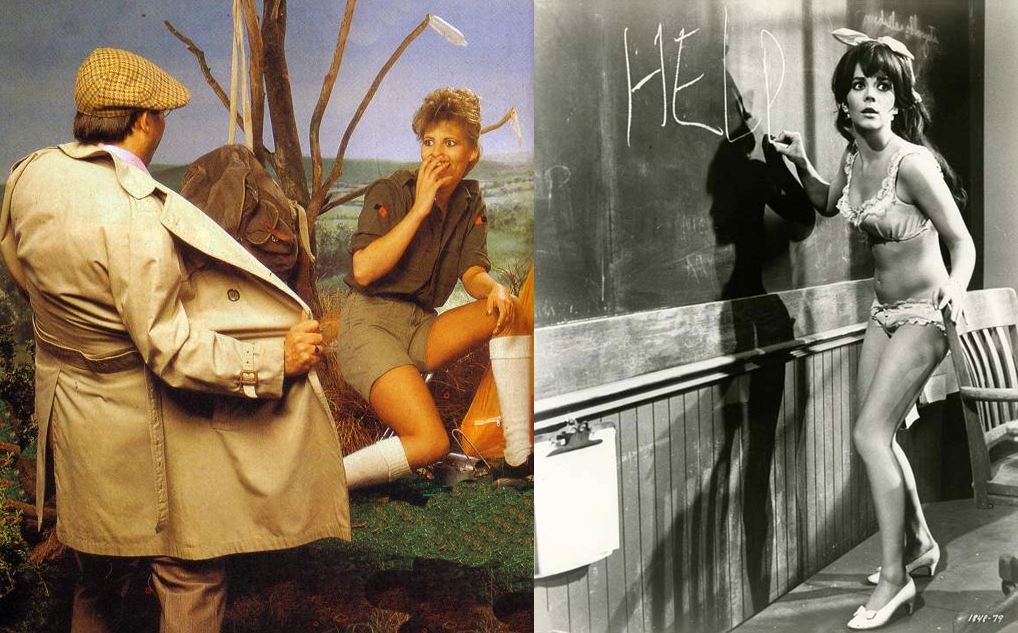I won’t begin to make a case for whether crime increased during the 1970s, and how it compares to crime rates today. I’ve heard endless arguments in opposing directions, all hampered by gaps in data (ex. how many crimes went unreported?) and an infinite array of variables that have to be taken into consideration (ex. population size, property crimes versus violent crimes).
For instance, there were 17,190 forcible rapes in 1960, 37,990 in 1970, and 82,990 in 1980, 102,555 in 1990, 90,178 in 2000, and 85,593 in 2010. What does this really tell us? How many rapes took place in 1960 that went unreported? Enough to make that number equivalent to the 1970 number? How much of the apparent rise in rapes has to do with population increase? And how localized was this phenomenon– for instance, was this just in urban areas? You get my point – analyzing exactly how violent or crime-ridden a particular year was compared to another year is a very tricky business.
Yet, if you’re old enough to remember the 1970s, you’ll remember the PERCEPTION of a massive spike in crime. Whether this was real or just mass hysteria is a topic we’ll leave to the experts. The fact is, we were crime crazy – our world had been rocked by this increase in crime, and no one – NO ONE – was safe. Here’s a quick look at this mania which manifested itself in pop culture and permeated our collective consciousness.
Serial Killers on the Loose!
Earlier decades had a Charles Starkweather here and there, but the 1970s seemed to be aflame with serial killers. From Ted Bundy and Son of Sam to John Wayne Gacy and Henry Lee Lucas, it seemed every city and township had its own resident serial killer. From 1900 to 1960, there were only a dozen or so serial killers in the United States. There were 19 in the 1960s… and then it hit the big time with 119 in the ’70s, and 200 in the ’80s. (In the ’90s, it began to drop with 141 serial killers and only 61 serial murderers in the 2000s). [Source: Extreme Killing: Understanding Serial and Mass Murder (2005) by James Alan Fox and Jack Levin]
Naturally, with this upswing in serial killers, the media latched onto the trend, instilling widespread fear among the populace. Then, the film industry (always quick to ride the gravy train of popular fears) capitalized on the phenomenon with an avalanche of serial killer flicks. To name but a few: Maniac, The Toolbox Murders, Frenzy, The Last House on the Left, Deranged, and The Texas Chainsaw Massacre. You could argue the entire slasher genre (Friday the 13th, Halloween) was born from this nihilistic mess.
Serial killers reared their ugly heads even on the small screen. Of particular note was the ongoing storyline on Mary Hartman, Mary Hartman. For several episodes this mysterious killer looms in the background (not the central storyline) as the characters deal with the fear below the surface – but a local family is murdered, then Mary, herself, is abducted.
In a random connection, Mary Hartman’s sister was played by Debralee Scott. Debralee played the naked victim pulled from the sewer in Dirty Harry (1971) – a movie about a serial killer (the Scorpio Killer, to be exact). Indeed, there were so many serial killer storylines back then, it’s pretty easy to play “6 Degrees of Serial Killers” with film and television of the 1970s.
Take note that the Death Wish films (rip-offs, in a way, of Dirty Harry) were all about dropping vigilante justice upon serial killers. With the public in a panic, it did the soul good to watch Charles Bronson take the situation under control – with no remorse or compassion.
The Streets Are Unsafe!
If you watched television at all in the 1970s, chances are, one of your favorite sitcom characters got mugged or robbed. It was a regular plot line – whether it was Good Times, All in the Family or Barney Miller, characters were in constant peril. WKRP in Cincinnati had a lovely episode where characters were held hostage in an electronics store, in fear for their lives…. And these are situation COMEDIES.
It didn’t help matters that a lot of popular media revolved around NYC (it’s not quite so NYCentric anymore), a city that had sunk pretty low in the 1970s. For example, police logged 250 felonies a week on the NYC subways in 1979 (worst of all being the 4 train, known as the “Muggers’ Express.”). By the mid-80s, it began to look a bit cleaner, but NYC was objectively seedy and filthy in the 70s. As you’d expect, this crime epidemic was translated to countless movies and TV shows that took place in this setting.
Prior to the 70s, the term “mugging” was rarely, if ever, used. But, soon, it was on everybody’s lips. Subsequently, a cottage industry in self-protection bloomed, with not just classes popping up everywhere, but also a ton of literature on the subject landing on bookshelves. At any minute, a “Scorpio Killer” or “Main Street Mugger” could come out of nowhere, so you damn sure better be ready with some Kung-Fu.
Picture for a moment, how this must have felt to those that lived it. Once upon a time, it was commonplace to hitch-hike. With the advent of the 1970s, hitch-hiking was suddenly a death wish. People rarely locked their doors prior to the 1970s; now, deadbolts and window latches were diligently secured. Once a news story of a rapist or mass murderer was exceedingly rare, and the subject of outrage and horror; now it was becoming commonplace…. But no less horrifying. With the local news and cinema adding fuel to this fire, it’s no wonder there was such a cultural outburst and panic on a massive scale. The world had turned upside down.
But then the American economy began to improve, Rudy Giuliani cleaned up NYC, Reagan’s moral majority took root, and forensic investigations got a new tool in DNA, and things got better. Sure, no one dares to hitchhike still, and there’s a lot less kids playing unchaperoned in the neighborhoods, but we’re definitely on the mend…. or at least it feels that way. From one who lived through the 1970s, those days often seem like a dark and dangerous place.
Would you like to support Flashbak?
Please consider making a donation to our site. We don't want to rely on ads to bring you the best of visual culture. You can also support us by signing up to our Mailing List. And you can also follow us on Facebook, Instagram and Twitter. For great art and culture delivered to your door, visit our shop.
